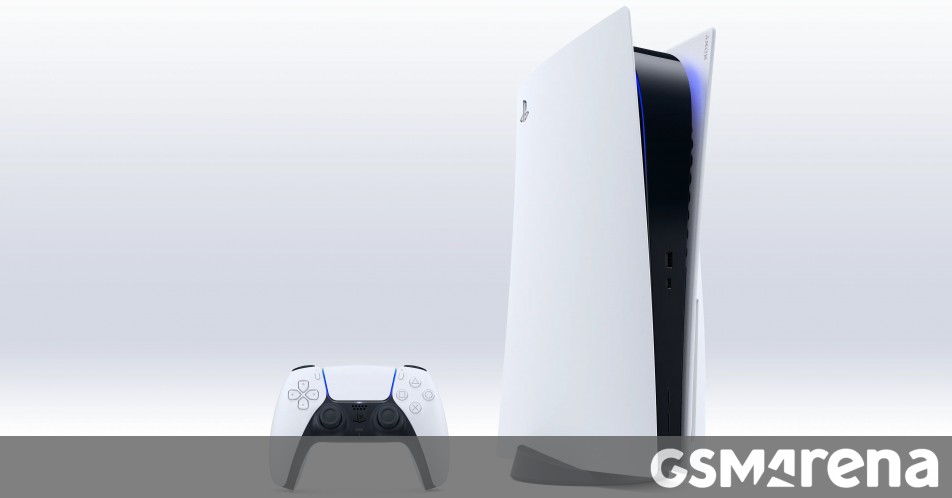Sony PlayStation 5 gets variable refresh rate support

Sony today announced that it is bringing variable refresh rate to the PlayStation 5 console. This feature will roll out via a software update that will be made available worldwide this week. The feature was first revealed by Sony in November 2020.
VRR on the PlayStation 5 can be enabled through an option in the Screen and Video settings. You can apply it to supported games only or force it to work for all by selecting an alternative option. This option can cause unexpected visual effects, and it may not work for all games.

Sony announced a list of titles that will be getting native VRR support in the coming weeks. This includes Astro’s Playroom, Call of Duty: Vanguard, Call of Duty: Black Ops Cold War, Destiny 2, Devil May Cry 5 Special Edition, DIRT 5, Godfall, Marvel’s Spider-Man Remastered, Marvel’s Spider-Man: Miles Morales, Ratchet & Clank: Rift Apart, Resident Evil Village, Tiny Tina’s Wonderlands, Tom Clancy’s Rainbow Six Siege, and Tribes of Midgard.
More games will be getting native support for VRR through a game update. This feature is likely to be available at launch in the future games.
Unfortunately, there is a catch with this announcement, and that is the feature only being compatible with televisions and monitors that support HDMI 2.1. While VRR support was officially added to the HDMI spec with version 2. 1, television and monitor manufacturers have enabled the feature even on HDMI 2.0 models.
This is a rather bizarre decision from Sony as the Xbox Series X/S consoles and even the Xbox One X/S consoles have supported VRR even on HDMI 2.0 displays. Sony’s decision will result in only the handful of users with HDMI 2. 1 displays being able to use this feature, with the vast majority of the users being left out in the cold.
For those who are curious, variable refresh rate allows a compatible monitor to update only when either the GPU or console outputs a frame. The display refresh rate will always be in sync with what is being displayed. This eliminates screen tearing and does not require vsync to activate. It also helps reduce frame time inconsistencies caused by the display’s slow refresh rate. The end result is a smoother, consistent and more responsive gameplay experience.
For those of you with a PlayStation 5 and an HDMI 2. 1 display, you would be able to experience this later this week.
Source: www.gsmarena.com